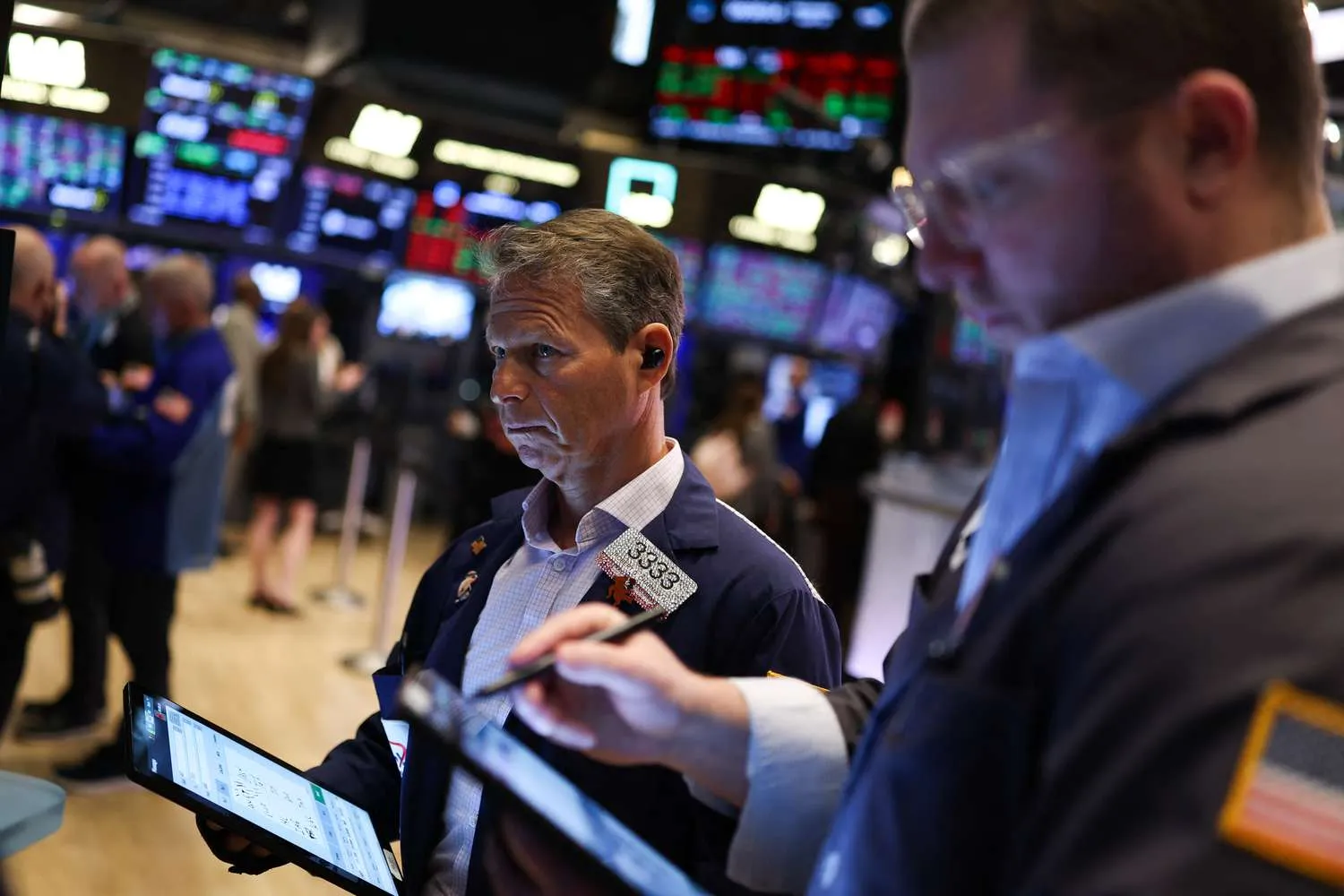Treasuries Jump as Fed’s Williams Rekindles Bets on a December Rate Cut
Treasury markets surged after New York Federal Reserve President John Williams signaled that the central bank may have room to lower interest rates “in the near term.” His comments marked a notable shift for traders, who had largely stopped expecting another cut this year. Following his remarks, market participants quickly repriced expectations, placing better than 50% odds on a quarter-point reduction at the Fed’s December 10 meeting.
Williams’ comments came at a sensitive moment, as rate-cut bets had been fading throughout the week. The shift was reinforced by Thursday’s delayed September jobs report, which showed unemployment ticking higher.
The data gave traders fresh confidence that softer labor conditions could push the Fed toward easing, especially after US officials confirmed that no further labor-market releases would be published ahead of the December decision.
Those expectations were reflected clearly in derivatives markets. Swap contracts tied to upcoming Fed meetings began pricing in roughly 15 basis points of easing equivalent to about 60% of a standard quarter-point cut.
The two-year Treasury yield, which typically reacts more sharply to anticipated policy changes than longer-dated maturities, fell as much as five basis points to 3.48%, the lowest level since late October.
According to Vail Hartman, US rates strategist at BMO Capital Markets, Williams’ stance carries outsized weight. “Williams’ comments are key because he is one of the middle-ground voters who could ultimately tip the balance in December,” Hartman said. “His view on the coming meeting wasn’t entirely clear until now.”
Treasuries had already been holding onto modest gains before Williams spoke, supported by weakness in US equity futures, which later stabilized. Earlier declines in stocks this week helped drive haven flows into government debt, partially counteracting fading conviction about a December cut. Global equities remain on track for their steepest weekly pullback since April’s tariff-driven selloff a shift that has added further support to bonds.
In the Treasury market, volatility has been notable. The 10-year yield has fallen nine basis points over the past five sessions to 4.06%, marking its largest weekly drop since early October. The two-year yield has seen a nearly identical decline, its biggest weekly move since September. Even so, the path ahead for policy remains far from settled.
Fed officials continue to send mixed signals about what they may do in December. Three policymakers objected to the October rate cut, and others including Austan Goolsbee and Michael Barr have recently expressed skepticism about whether additional easing is warranted given persistent, though improving, inflation pressures. Boston Fed President Susan Collins echoed that uncertainty on Friday, saying that continued upward pressure on consumer prices makes her hesitant to support another rate reduction at this stage.
This week’s Treasury gains have occurred despite a resurgence in volatility. The ICE BofA MOVE Index, which tracks expected swings in the bond market, jumped to a two-month high on Wednesday after plunging to a four-year low during the government shutdown. The rebound underscores renewed uncertainty around the path of Fed policy and the overall macroeconomic environment.
“US Treasuries are benefiting from the weaker risk tone in credit,” said Pooja Kumra, senior UK and European rates strategist at Toronto Dominion Bank. Even so, Kumra cautioned that thin liquidity ahead of the Thanksgiving holiday is leaving trading conditions “choppy,” amplifying intraday swings.
Beyond the immediate debate over economic data, investors are also weighing the implications of upcoming leadership changes at the Fed. Chair Jerome Powell’s current term expires next year, injecting another layer of uncertainty into the outlook.
Markets are increasingly alert to comments from potential successors, including National Economic Council Director Kevin Hassett, who said Thursday that the central bank should be cutting interest rates “right now.”
Even with some policymakers still worried about lingering inflation risks, financial markets appear more confident that price pressure is easing. A key market-based measure of expected inflation over the next two years is on track for its eighth straight weekly decline the longest such stretch since 2014. That trend suggests investors see diminishing risks of an inflation flare-up, potentially giving the Fed more room to pivot toward easing if economic data continues to soften.
With the final Fed meeting of the year drawing closer, the battle between cautious policymakers and increasingly optimistic bond traders will likely intensify. For now, Williams’ message has provided the market with something it hasn’t had much of lately: a clearer signal that a rate cut before year-end is still very much on the table.

Subscribe to our newsletter!
As a leading independent research provider, TradeAlgo keeps you connected from anywhere.








